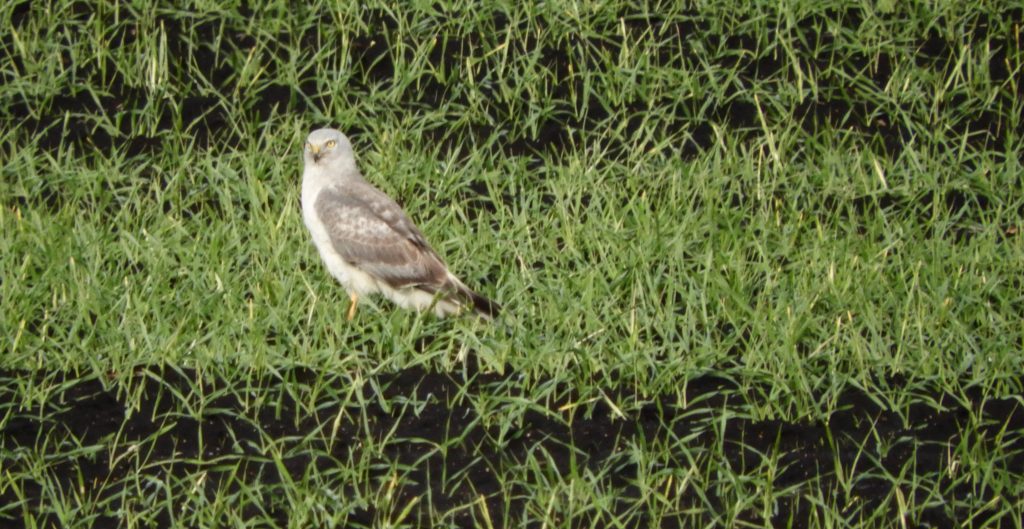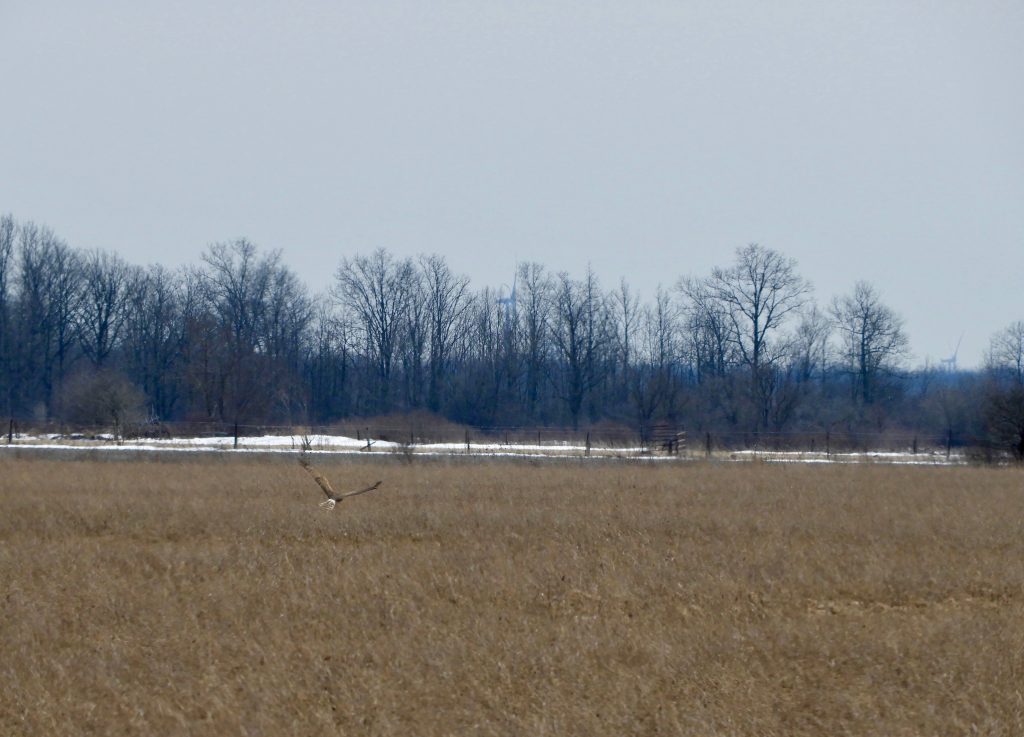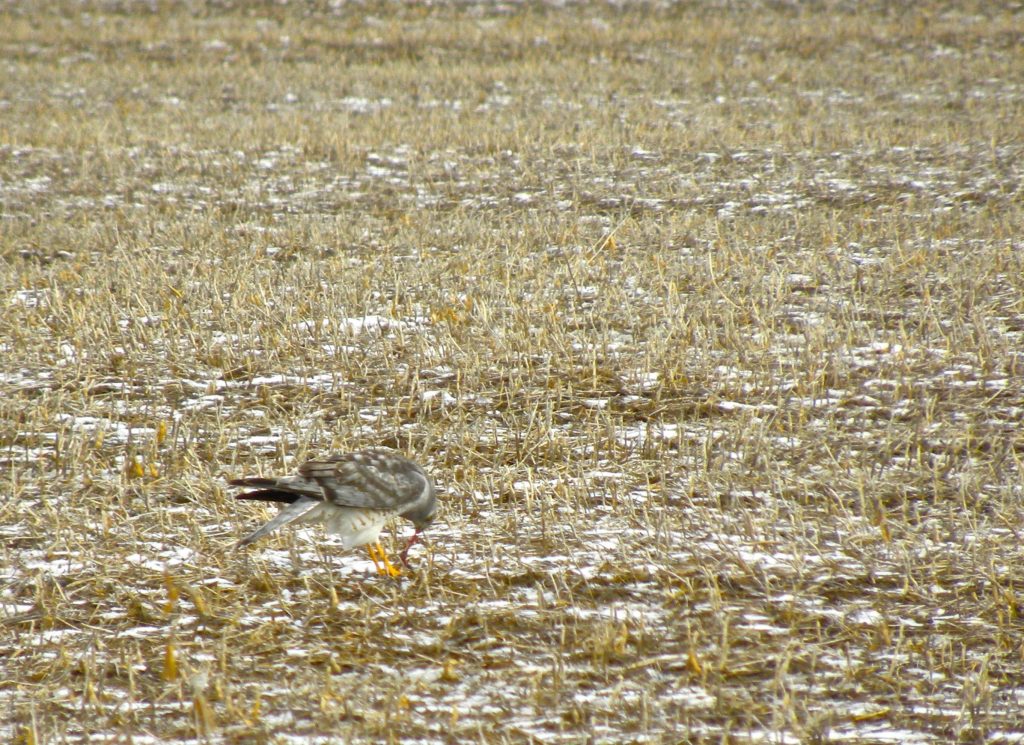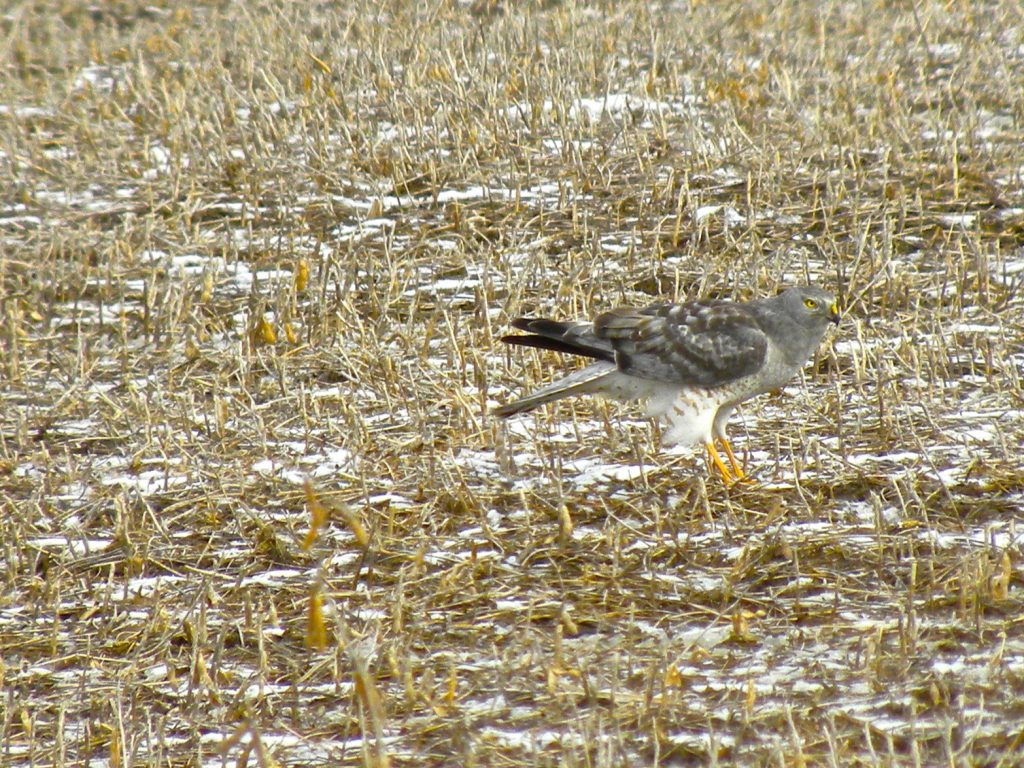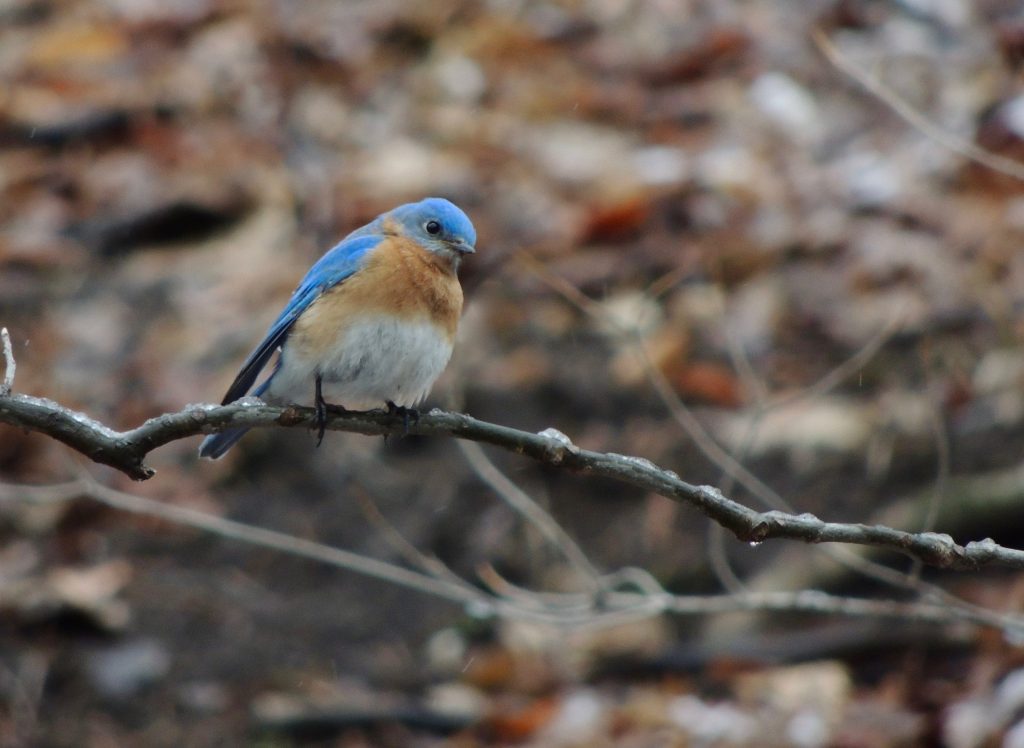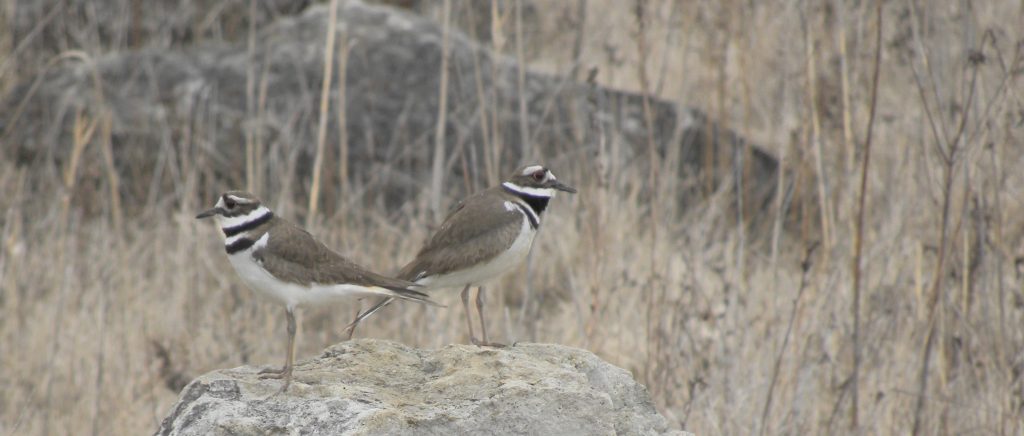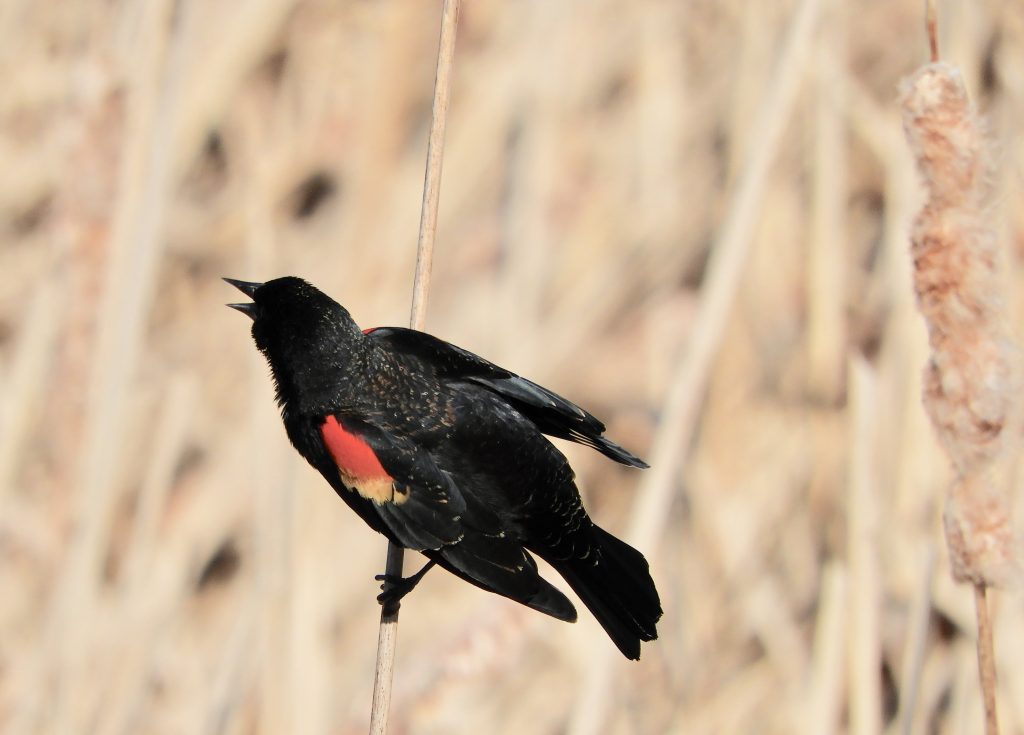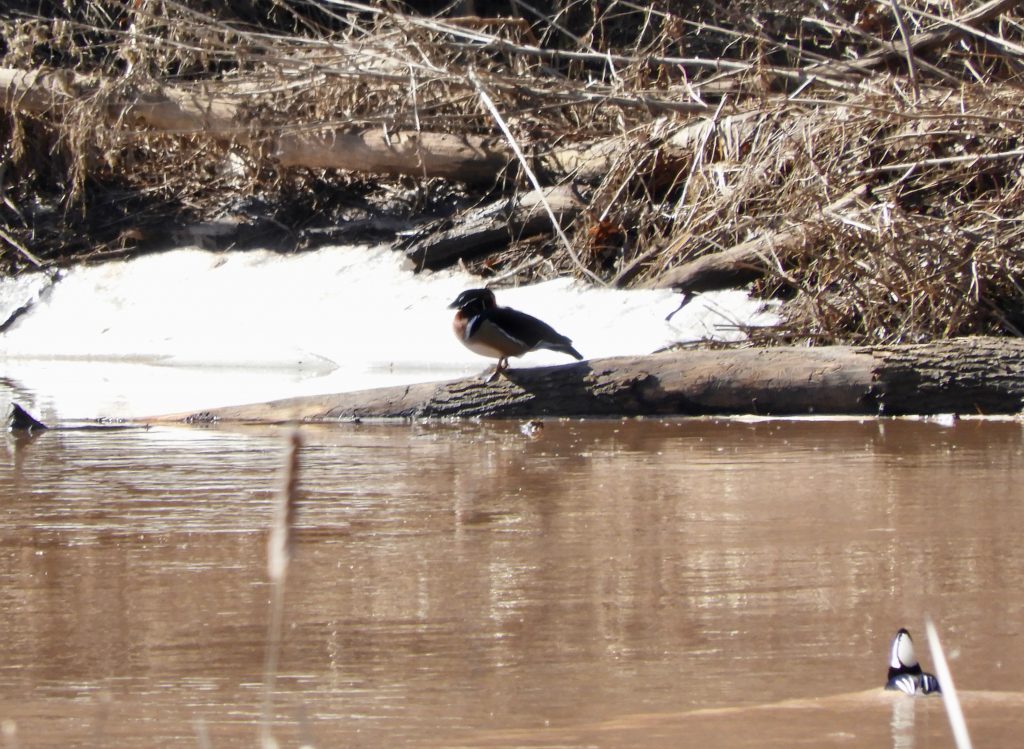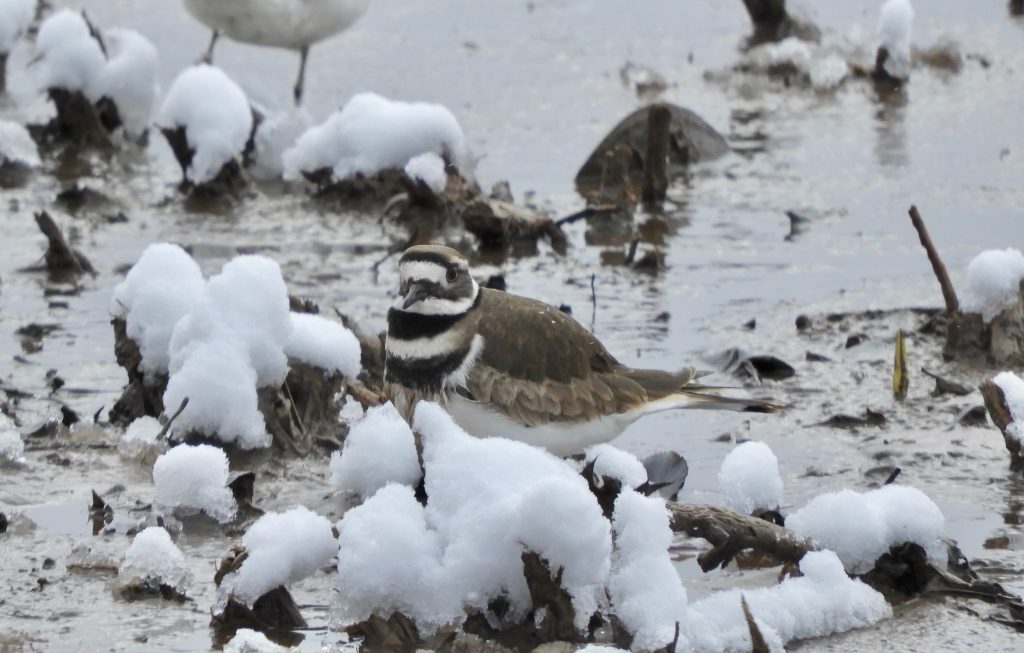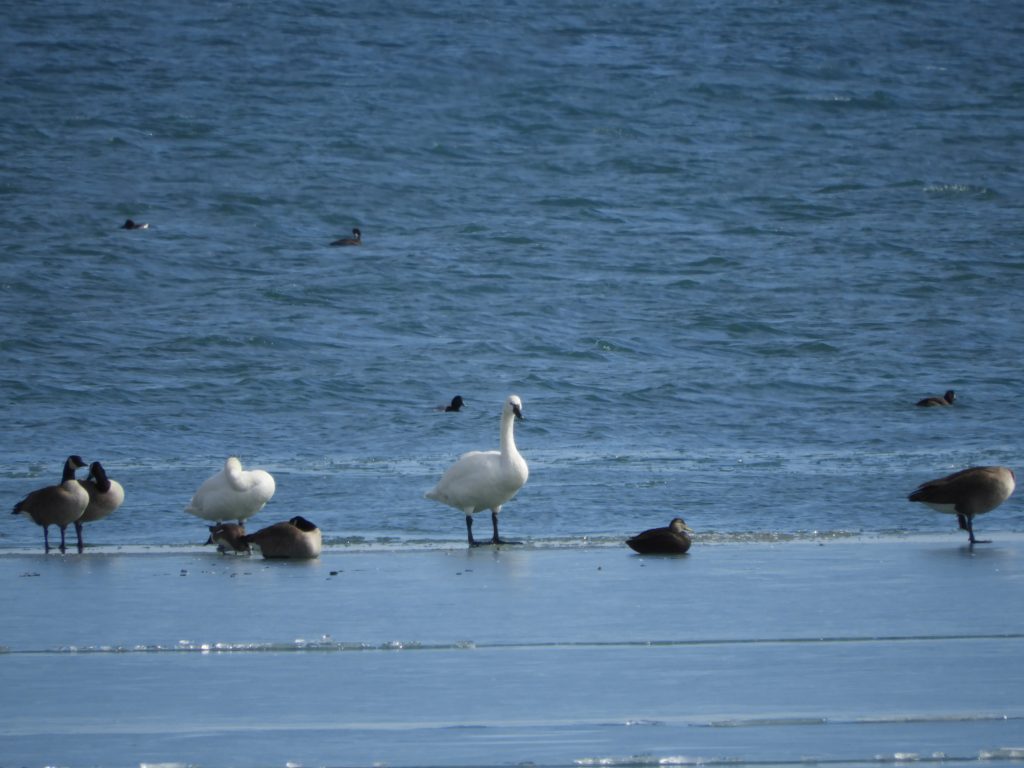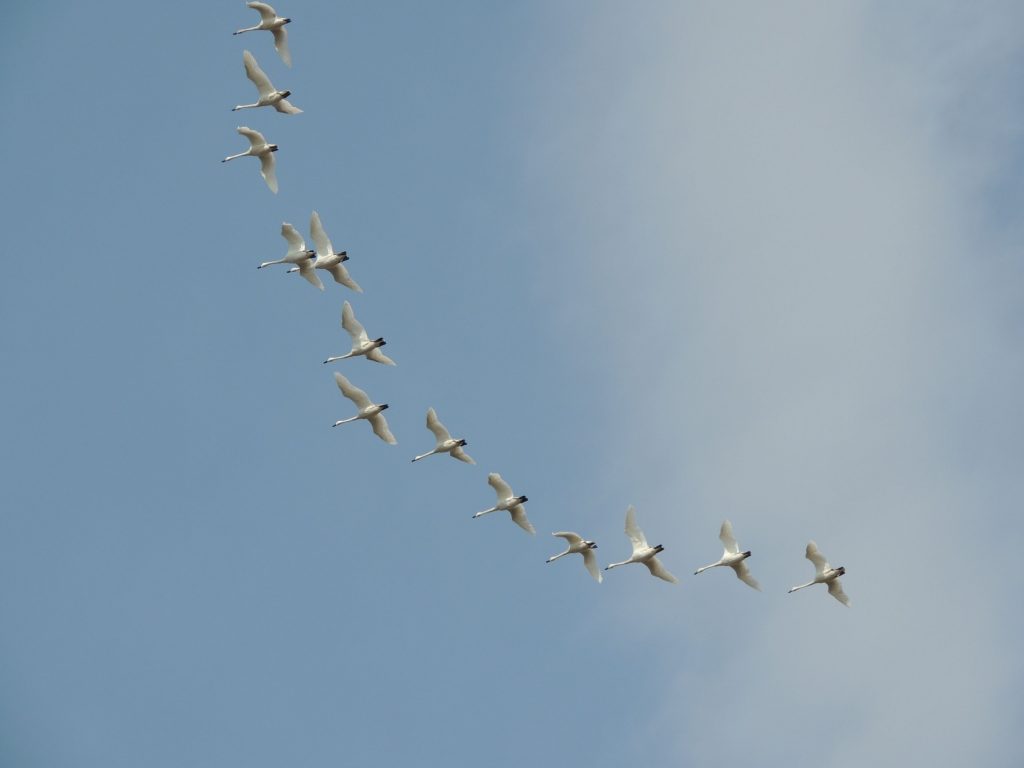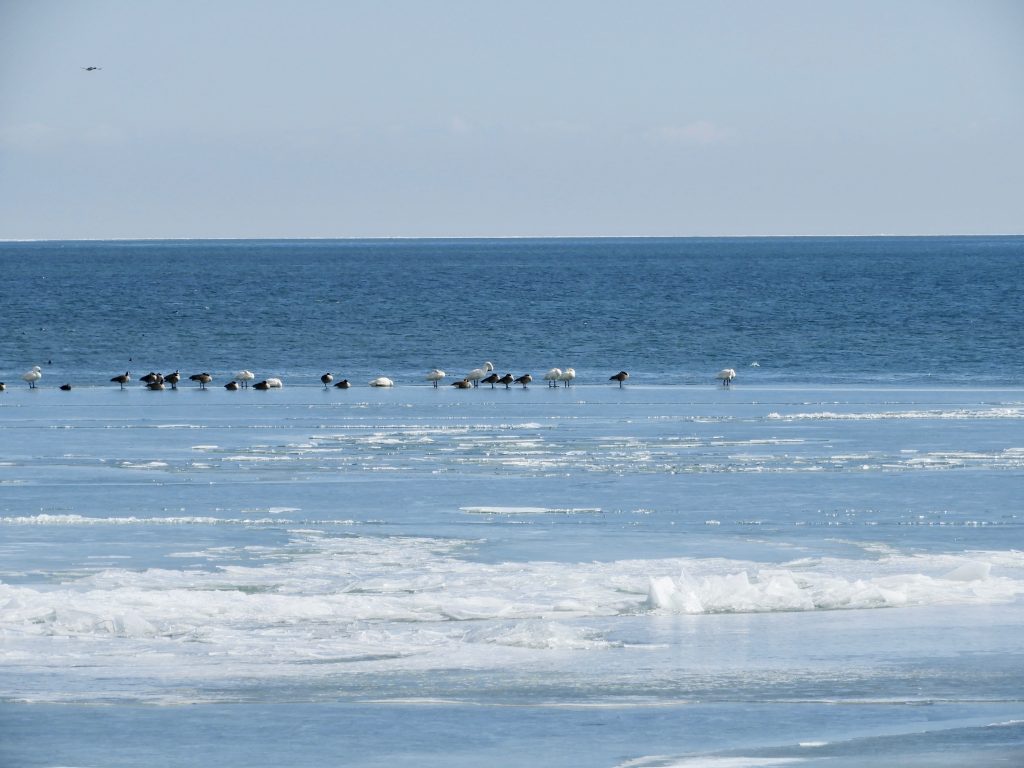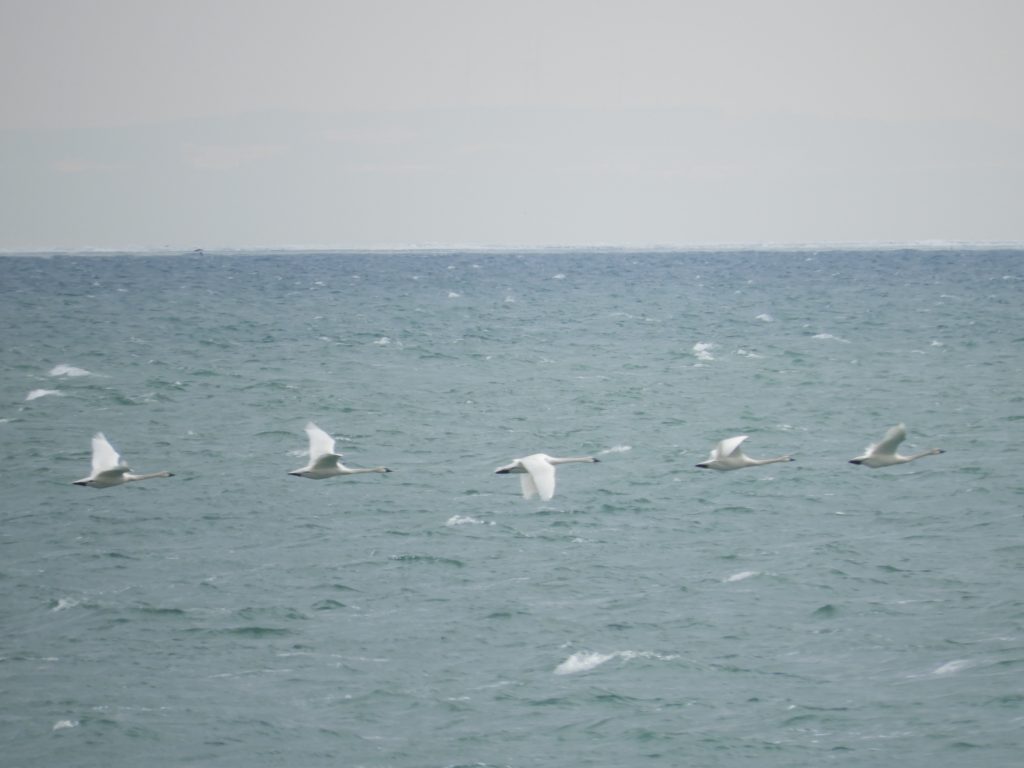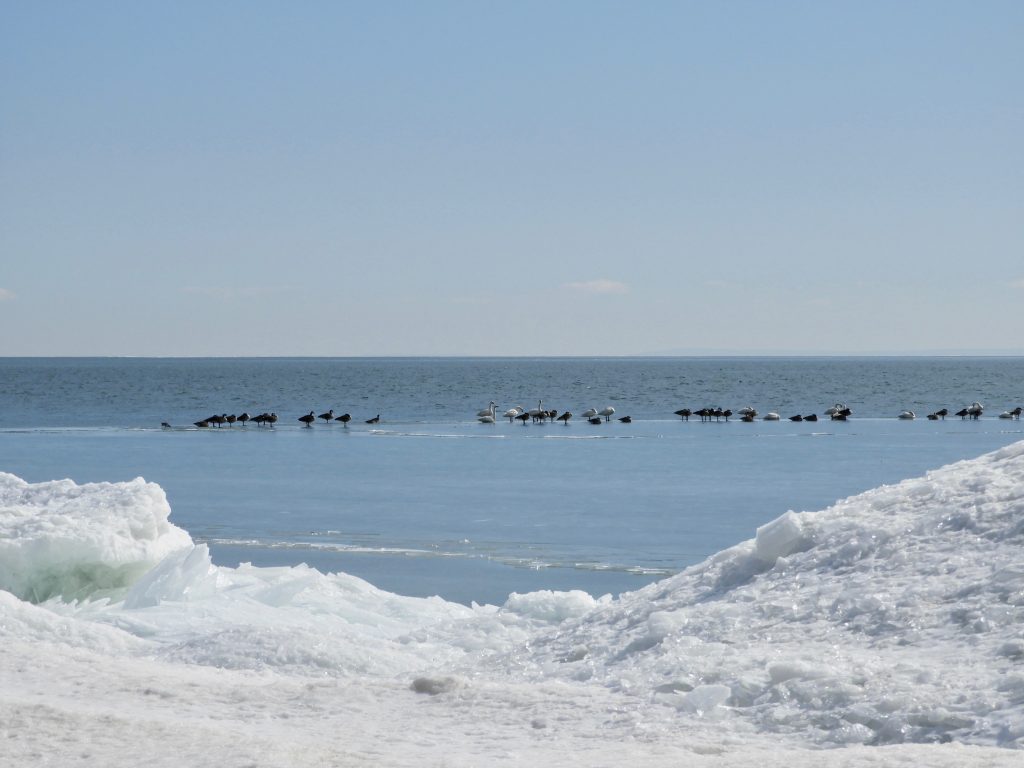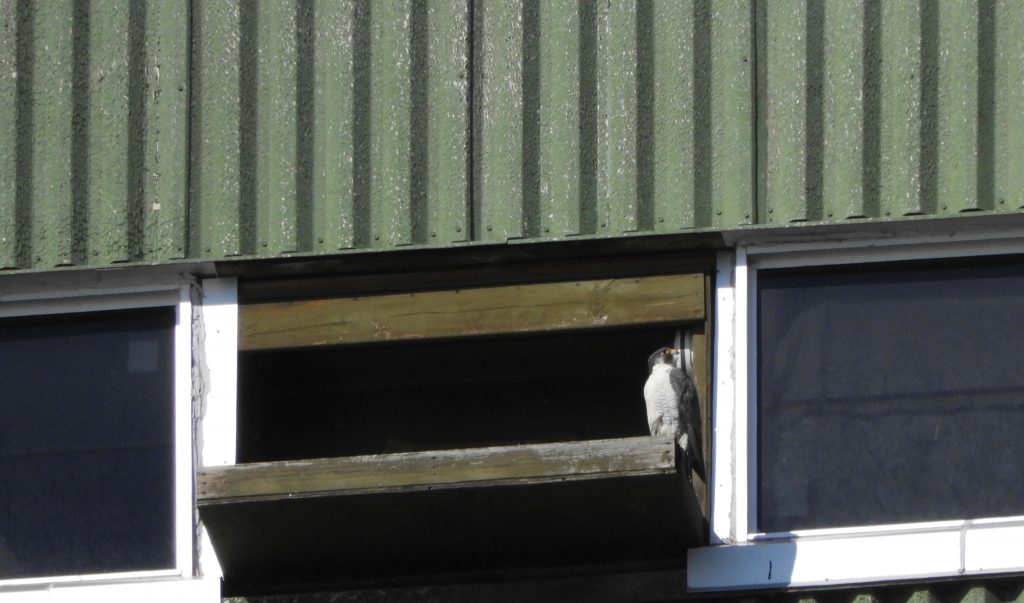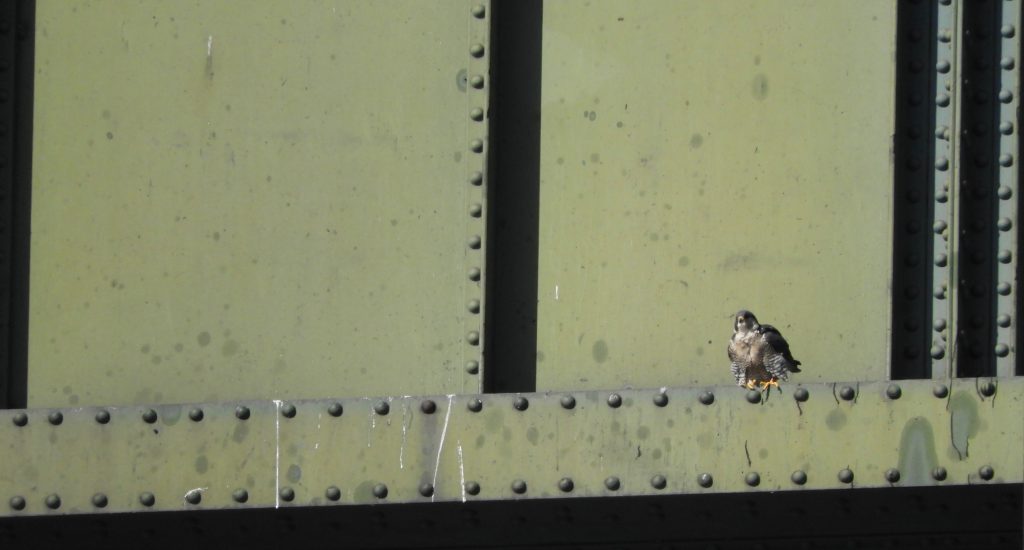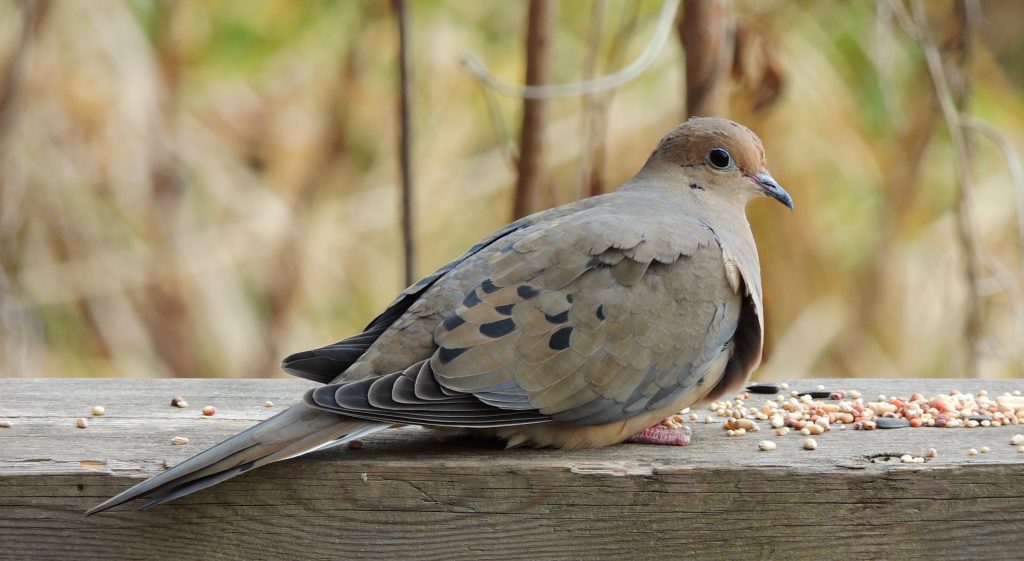 Burlington ON. March 18 2022. A pair of Mourning Doves has built what passes for a nest just outside my study window, it’s all rather enchanting. Doves are emblematic of peace of course and Mourning Doves sing (or coo if you prefer) quite musically and soothingly but they do raise questions in my mind about avian intelligence.
Burlington ON. March 18 2022. A pair of Mourning Doves has built what passes for a nest just outside my study window, it’s all rather enchanting. Doves are emblematic of peace of course and Mourning Doves sing (or coo if you prefer) quite musically and soothingly but they do raise questions in my mind about avian intelligence.
My questioning arises from the observation that a pair of Mourning Doves has nested within a meter or so of the very same spot every March for the last half-dozen years; and faithfully, every March for the last half-dozen years, the nest has been terminally raided by squirrels. I have no proof but I believe the doves just shrug, then go and try again somewhere else. Somehow, we appear to maintain a steady population of Mourning Doves.
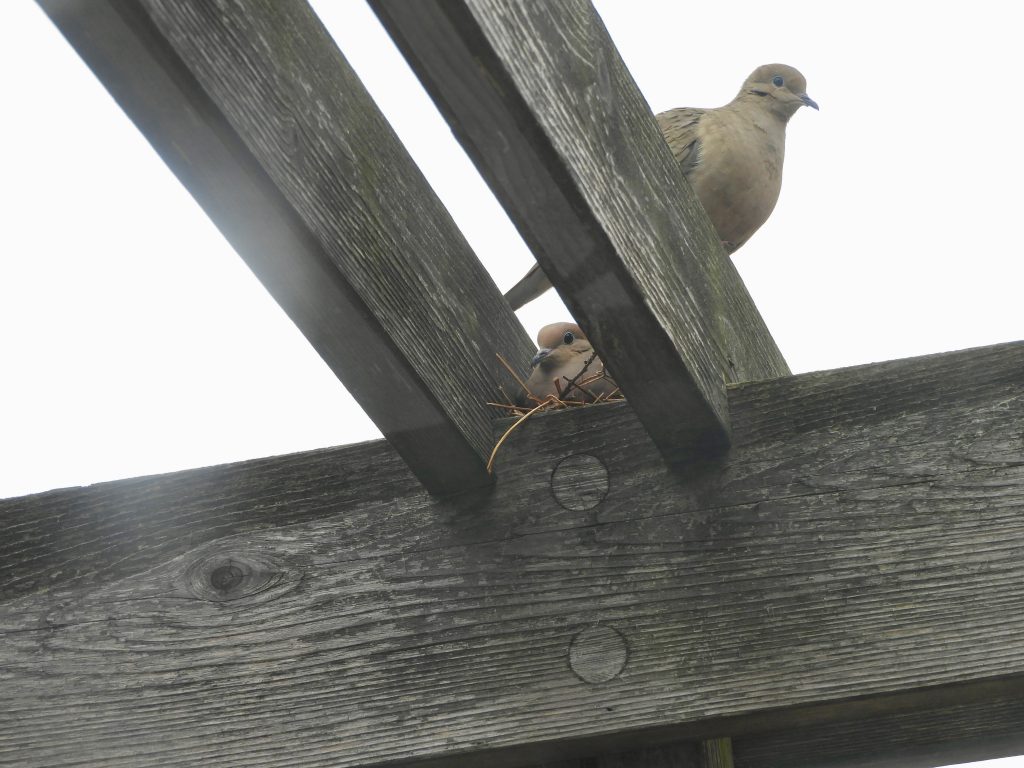 Can this be the same ill-fated couple? Or has one or other of them been replaced? And if so which one? The male, the female, – or maybe both? Somehow this hopeless and fated nest site has become a March ritual.
Can this be the same ill-fated couple? Or has one or other of them been replaced? And if so which one? The male, the female, – or maybe both? Somehow this hopeless and fated nest site has become a March ritual.
I think doves and pigeons are more generally seen as dopey rather than intelligent, as indolent creatures of underpasses and window ledges. But then, what about the many extraordinary stories of homing or racing pigeons who unerringly find their way home from hundreds of miles away. This astonishing ability has spurred much research into innate navigation in all sorts of vertebrates. Obviously, a different kind of intelligence.
But I can’t let this go without noting that Mourning Doves have been around for a very long time. I couldn’t find anything on their abundance before the arrival of Europeans but I think it’s a pretty safe bet that Mourning Doves have been around for several millions of years. The point is that, despite the apparent short-sightedness of a few individuals, the species still survives – indeed thrives.
